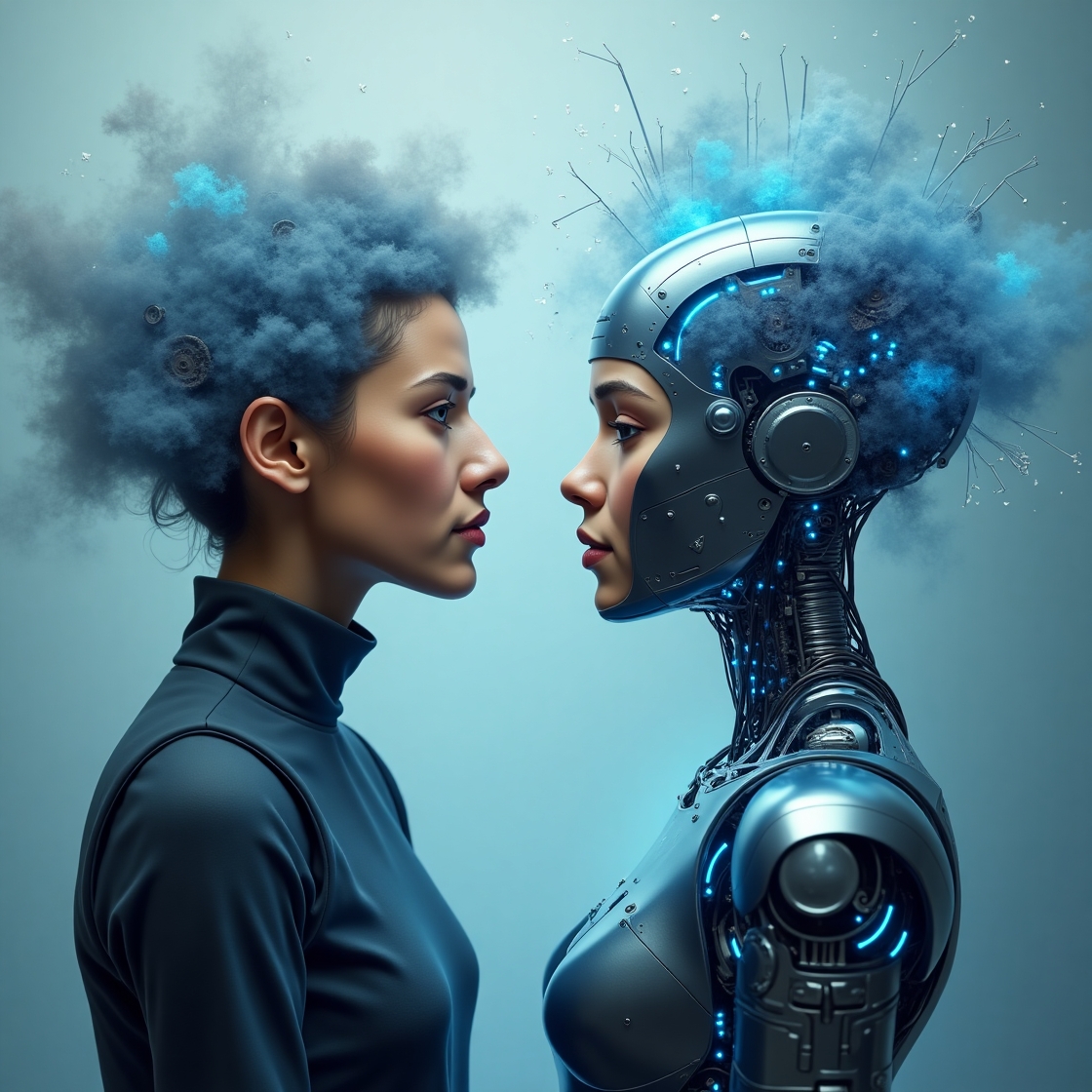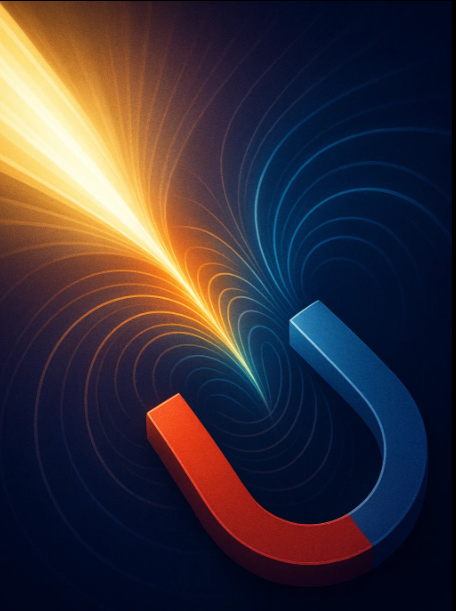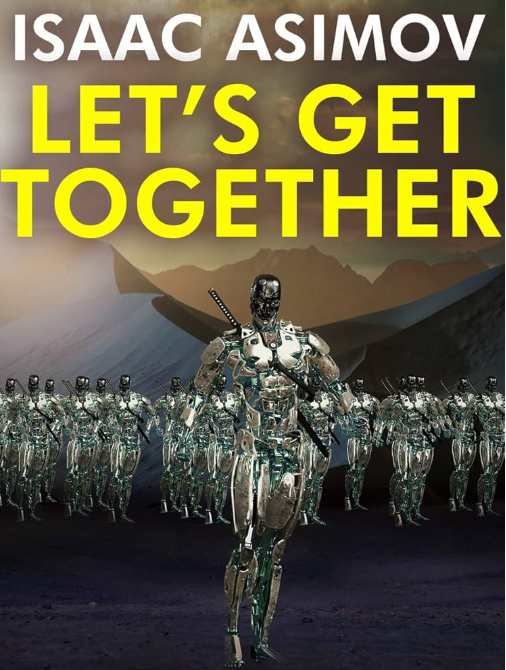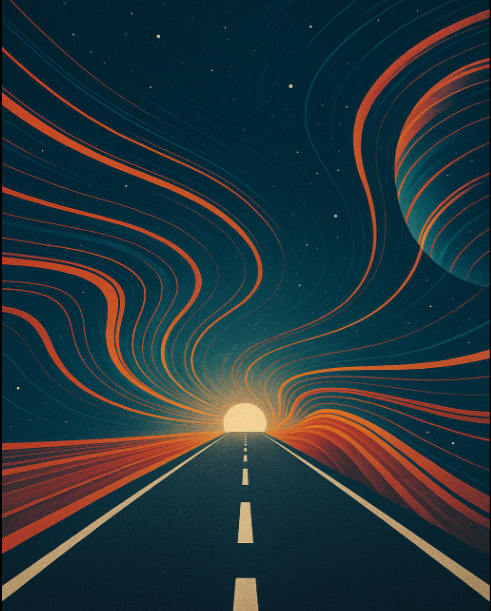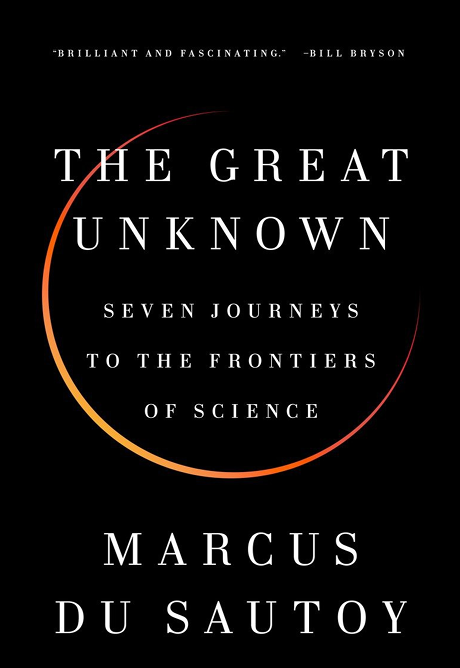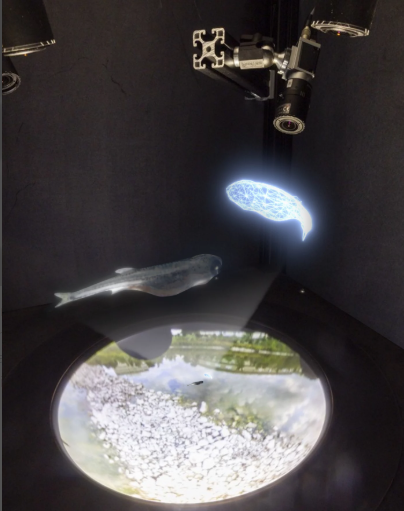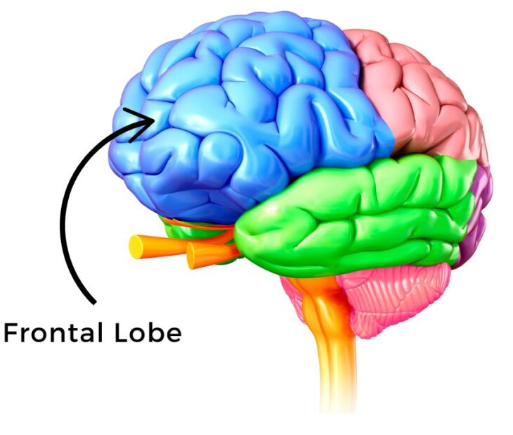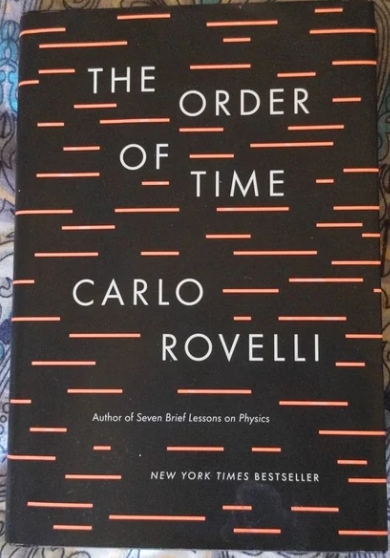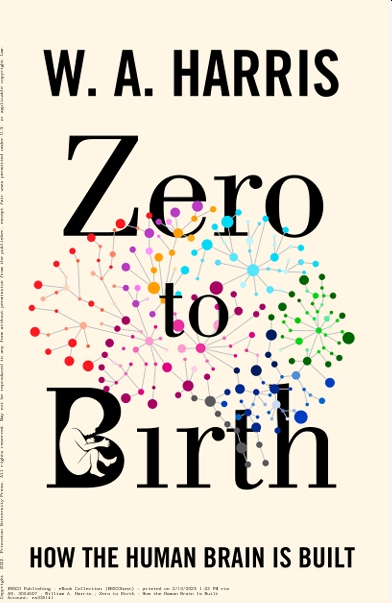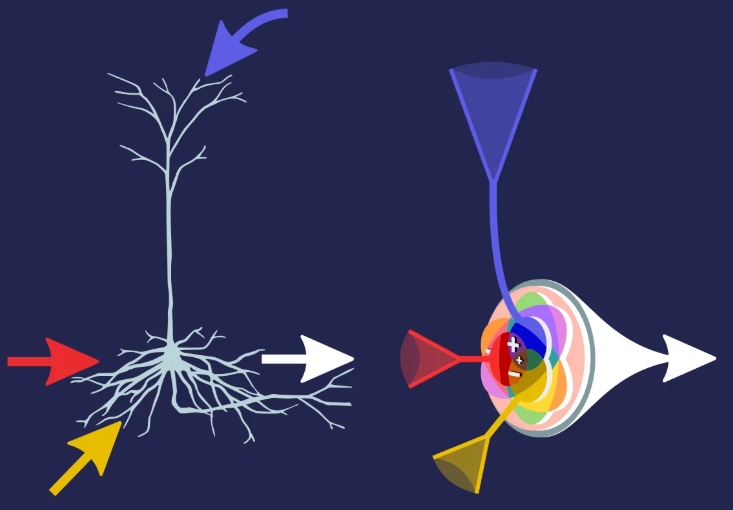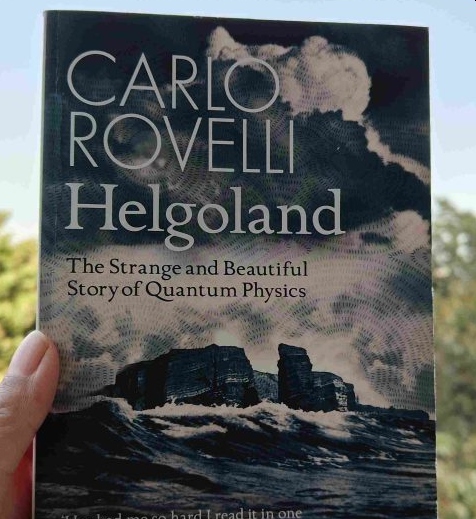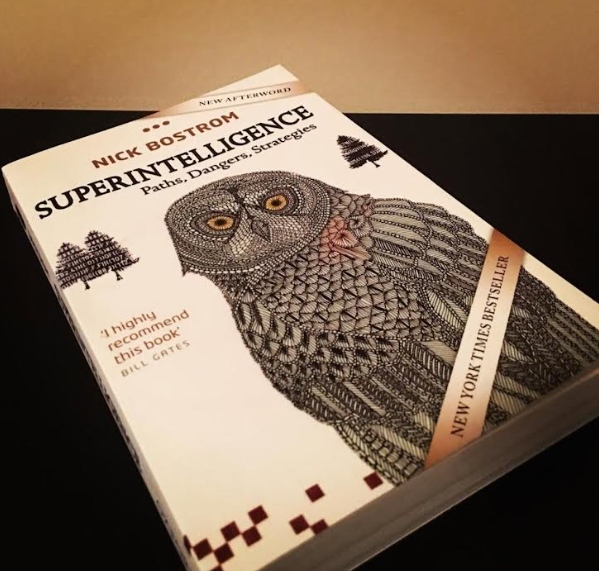Researchers at the Technical University of Denmark have found a fascinating link between how humans and machines learn, through a mathematical shape called convexity. This concept could be key to understanding how both brains and algorithms organize ideas and make sense of the world. I stumbled upon their paper, “On Convex Decision Regions in Deep Network Representations,” and I was absolutely awestruck. Not just by the insights in the research itself, but by the sheer brilliance behind it. It’s one thing to read a paper that makes you think differently,…
Search Results for: brain
Measuring Convexity in AI: Linking Machine Learning to Human Concept Understanding
Researchers at Technical University of Denmark have found an interesting connection between how humans learn and how computers learn. It talks about a special shape in math called convexity. This shape might help us understand how our brains and computer programs figure out ideas and understand things around us.
Breakthrough in Nonreciprocal Light Speed Manipulation via Cavity Magnonics
Imagine you’re standing on a road where cars drive in both directions. Generally, the speed limit is the same whether you’re heading north or south. That’s exactly how light usually works in most systems, the “speed limit” stays the same no matter which way it’s going. This is called reciprocal control, the system treats both directions equally.
Book Review: Let’s Get Together by Isaac Asimov
I usually have three to four books on the go at any given time. There’s a rhythm to it, a kind of balance. Typically, it’s one work of literature, one non-fiction, something light for the in-between moments, and always, always a science fiction novella. This time, I picked up Let’s Get Together by Isaac Asimov, first published in 1957. I’m a huge, huge, and huge fan of Asimov’s works.
Terrell-Penrose Effect: Visualizing High-Speed Relativity
I’ll be honest, I have always thought ‘thought-experiments’ can never be visually demonstrated. And so, we would have to keep imagining intangible concepts in our minds, like, what happens to an object traveling at the speed of light, where time would seemingly stop and length would contract. However, a group of researchers in Austria did something unbelievable. They visually demonstrated the Terrell-Penrose effect, a phenomenon predicted all the way back in 1959 but never actually observed.
Book Review: The Great Unknown by Marcus du Sautoy
Have you ever felt that curious while looking up at the night sky? The idea that we are so puny in the vastness of space doesn’t make you wonder sometimes about the mysteries that lie beyond our understanding? That’s exactly the idea Marcus du Sautoy explores in The Great Unknown: Seven Journeys to the Frontiers of Science, first published in 2016. He has tried to explore the limits of human knowledge. And somehow, it’s both humbling and electrifying, which makes the book so fascinating to read.
Scientists Use VR to Teach Robots Swarming Behavior by Studying Fish
A team of biologists and robotic engineers recently used virtual reality (VR) to crack the code of how fish school, with the goal of teaching robots to swarm in the same way. Imagine you’re at a party where everyone’s dancing to the same rhythm, but there’s no DJ or leader telling people what to do. Everyone just knows how to stay in sync, avoid bumping into each other, and respond to changes in the crowd. That’s basically what schools of fish do, and it’s something that robots have struggled to…
Smarter Machines, Bigger Shifts: The New Era of Robotics
We’ve heard a lot about ChatGPT and generative AI, but there’s another side of AI that’s moving fast, which is, robots that can think and work on their own. These are smarter machines that can learn, make decisions, and adapt to their environment. And most of these machines are already making their presence felt in places like warehouses, factories, and even retail stores.
Neuroscience Shows Memory Depends on More Than Just Perception
If you’ve ever tried to remember where you parked your car while also keeping track of your grocery list, you’ve felt the limits of working memory. A new study from researchers at NYU and Ohio State digs into how the brain decides what to hold onto more carefully and most importantly, how it does it.
Book Review: The Order of Time by Carlo Rovelli
I picked up The Order of Time because I figured, a 158-page book might talk about time in terms of cause and effect, the default way we tend to understand it. You know, things happen, one after another, and we measure that with clocks. But nope. Rovelli has something else in mind.
Book Review: Zero to Birth by William A Harris
If you’re even a little bit curious about how a brain builds itself before we’re born, Zero to Birth: How The Human Brain Is Built is a book you’ll want to spend time with. It was first published in 2022 and is written by neuroscientist William A. Harris. What makes it so compelling is how clearly it lays out the stages of brain development without dumbing things down.
Training an LLM is Like Growing a Fractal: The Power of Iterative Learning
James Gleick, one of my favorite science writers, wrote this famous quote in his book Chaos: Making a New Science: “IN THE MIND’S EYE, a fractal is a way of seeing infinity”.’ Doesn’t it also reflect how LLMs work? How? Just like fractals, these models take patterns, layer them and build something infinitely complex from simple rules. It’s like staring into a never-ending web of words, where meaning keeps unfolding the deeper we go.
Infomorphic Neurons: Self-Learning AI Inspired by Biology
Imagine if artificial neurons could learn like the ones in our brains, adapting, making decisions on their own, and figuring things out without needing a central command. That’s exactly what scientists are working on with a new kind of artificial neuron called infomorphic neurons. Unlike traditional artificial neural networks, these neurons don’t need an external system to guide their learning. Instead, they learn in a self-organized way, just like biological neurons do.
Book Review: Helgoland by Carlo Rovelli
As travel was on the cards, I decided to pick up a book that’s rich with storytelling, conversational and intriguing, without being a 500-page commitment. Helgoland (170 pages) felt like the perfect choice. I had started it two weeks ago but never found the time to finish it. It was first published in 2020. There’s something about reading while traveling that makes the experience even better. It’s like hanging out with a favorite author…and the best part? They never judge you for rereading the same sentence five times. (lol)
Book Review: Superintelligence by Nick Bostrom
While I was researching into the existential risk from artificial intelligence, I found “Superintelligence: Paths, Dangers, Strategies” by Nick Bostrom, who is a philosopher and researcher in AI. The book came out in 2014. Since it focuses on the potential dangers of artificial intelligence, I decided to grab it and start reading right away. More or less I enjoyed going through it as it explores the challenges presented by the prospect of AI exceeding human cognitive abilities, (though, to be honest, if chatbots get any smarter, I might have to…


